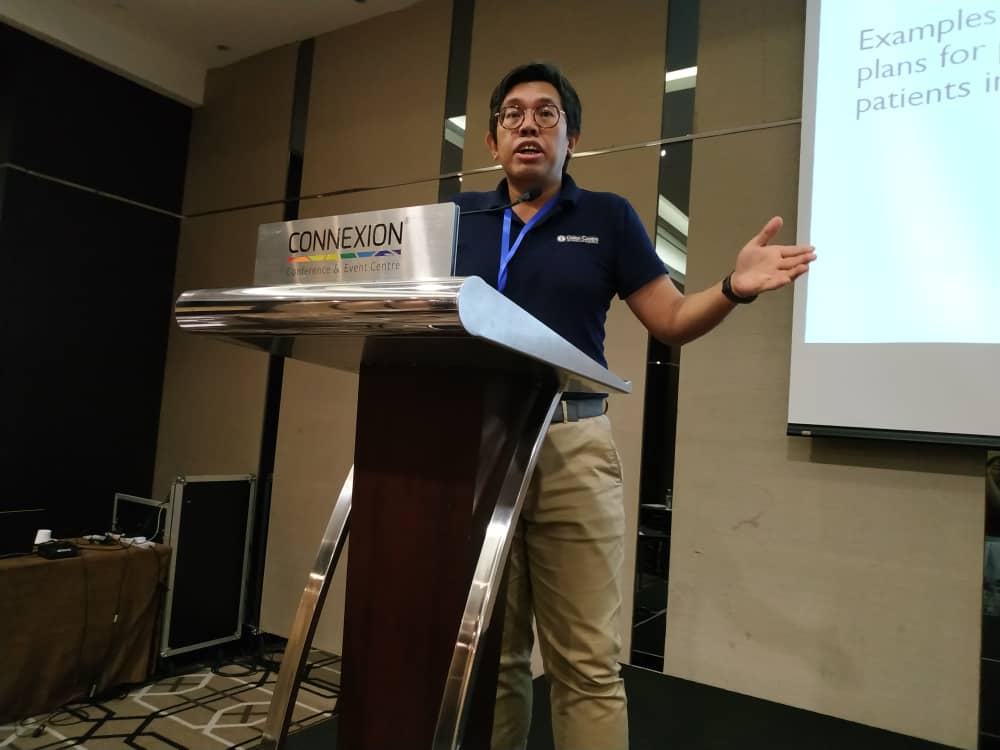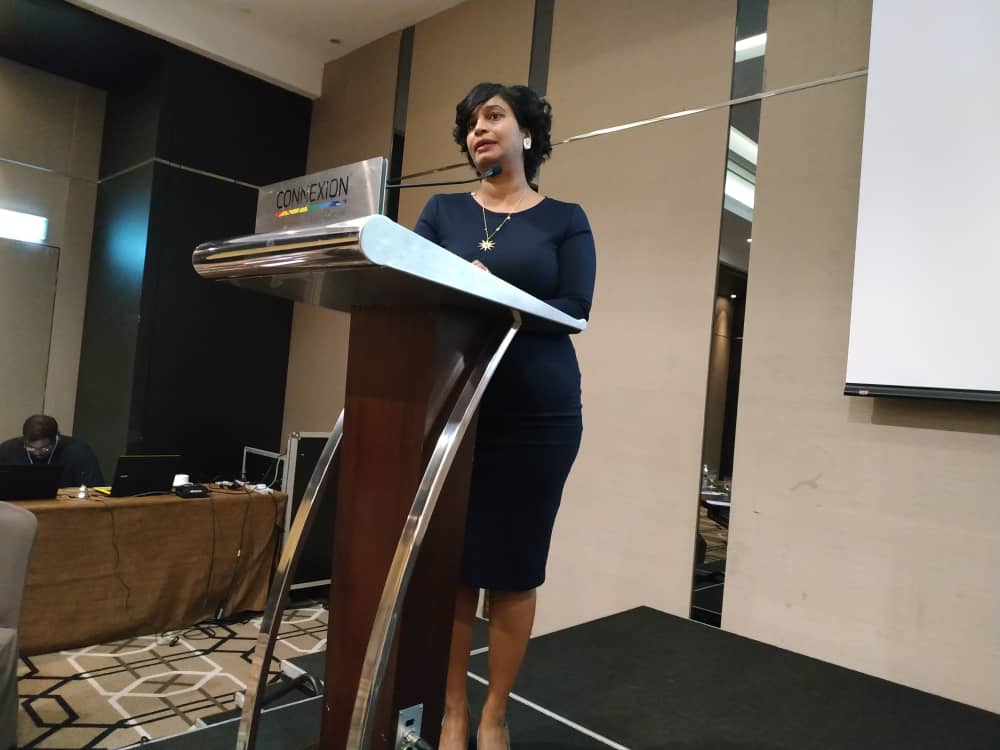KUALA LUMPUR, Sept 5 — Cancer patients at University Malaya Medical Centre (UMMC) are more likely than those at Ministry of Health (MOH) hospitals to suffer financial disaster, a study showed.
Dr Nirmala Bhoo Pathy, associate professor of clinical epidemiology and public health at Universiti Malaya, revealed a 2015 study she conducted that found 65.1 per cent of cancer patients at the public university hospital ran into “financial catastrophe” one year after their cancer diagnosis, compared to 33.4 per cent of cancer patients at MOH hospitals.
A total of 72 per cent of cancer patients at private hospitals encountered financial catastrophe a year after cancer diagnosis, while about half, or 51.4 per cent, of cancer patients across hospitals made catastrophic expenses.
Financial catastrophe is defined as making out-of-pocket (OOP) payments related to cancer care that exceed 30 per cent of annual household income.
“How come patients who are going to public university incur catastrophic expenditures while people who go to MOH don’t?” Dr Nirmala questioned at the Second Federation of Private Medical Practitioners’ Associations, Malaysia (FPMPAM) Malaysian Health Care Conference here last Saturday.
“What can the government do as a short-term strategy? Standardise the fee structure within the public hospitals. Why charge differently between Ministry of Education hospitals and Ministry of Health hospitals?
“For them to answer that question, the funding provided to university hospitals has to be increased,” she added.
The Asean Costs in Oncology (ACTION) study by the George Institute for Global Health in Australia, which Dr Nirmala led for research on Malaysia, also found major non-medical expenses related to cancer care.
At MOH hospitals, only 9.5 per cent of cancer patients were affected by financial catastrophe from spending on conventional and traditional medicines. But this figure jumped to 33.4 per cent when all payments related to illness were taken into account, such as transport to hospital, parking, accommodation for the patient’s accompanying partner, child care, and household help, among others.
For UMMC, 26.9 per cent of cancer patients incurred catastrophic expenses on conventional and traditional medical care, but financial catastrophe affected 65.1 per cent of patients when all payments on illness were considered.
At private hospitals, 66.7 per cent of cancer patients ran into financial troubles when spending on modern and traditional medicine, rising slightly to 72 per cent when all payments related to care were included.
Across hospitals, only about one out of five, or 21.5 per cent, encountered financial catastrophe in all medical spending, but this more than doubled to 51.4 per cent when taking into account all payments related to illness.
“In these public hospitals, yes it’s a good idea that we get highly subsidised medical care, but at the same time, the non-medical costs are very important as well, and should not be overlooked,” Dr Nirmala said.
She said people without health insurance were twice as likely to make catastrophic expenditures.
“Financial toxicity” from spending on cancer care caused people to skip medical appointments and to avoid buying drugs they could not afford.
“We also have people who could not pay for their rent, utility bills, school fees.”
Dr Nirmala Bhoo Pathy, Universiti Malaya associate professor
“Sometimes it’s not that easy to imagine, but cancer can do this to families. They ask for financial assistance from family and friends, use savings that they have set aside for other use, for instance a child’s wedding pot, and things like that. Some even had to sell their assets or take personal loans,” Dr Nirmala said.
She urged the Health Ministry to include colorectal cancer screening and HPV tests for cervical cancer in its Peka B40 scheme for the bottom 40 per cent of income earners.
The Health Ministry, she said, should also stop charging cancer patients higher fees at its facilities when they are referred from private hospitals.
The ACTION study measured 1,662 participants, out of whom 1,294 kept a cost diary to record their expenses for 12 months.

Galen Centre for Health and Social Policy CEO Azrul Mohd Khalib said cancer patients who are diagnosed at the late stages in government hospitals should not be told to go to private facilities because the medicines they need are unavailable in the public sector.
“Whether or not you have money is currently the determinant factor for some diseases, especially cancer, on whether you live or die.”
Azrul Mohd Khalib, Galen Centre for Health and Social Policy CEO
“That’s the reality. It should not be that way for an upper middle income country like Malaysia which has universal health coverage,” Azrul told the conference.
He called for a compulsory national health insurance scheme, with workers making a monthly contribution based on a sliding scale linked to individual income and age.
Azrul suggested a contribution rate of between four and six percent of one’s individual income. The government, he said, can subsidise those earning minimum wage or less.
“People can even keep their own insurance, and that could be in competition with the national health insurance. It could lead to premiums decreasing because you have an active system in the free market.”








